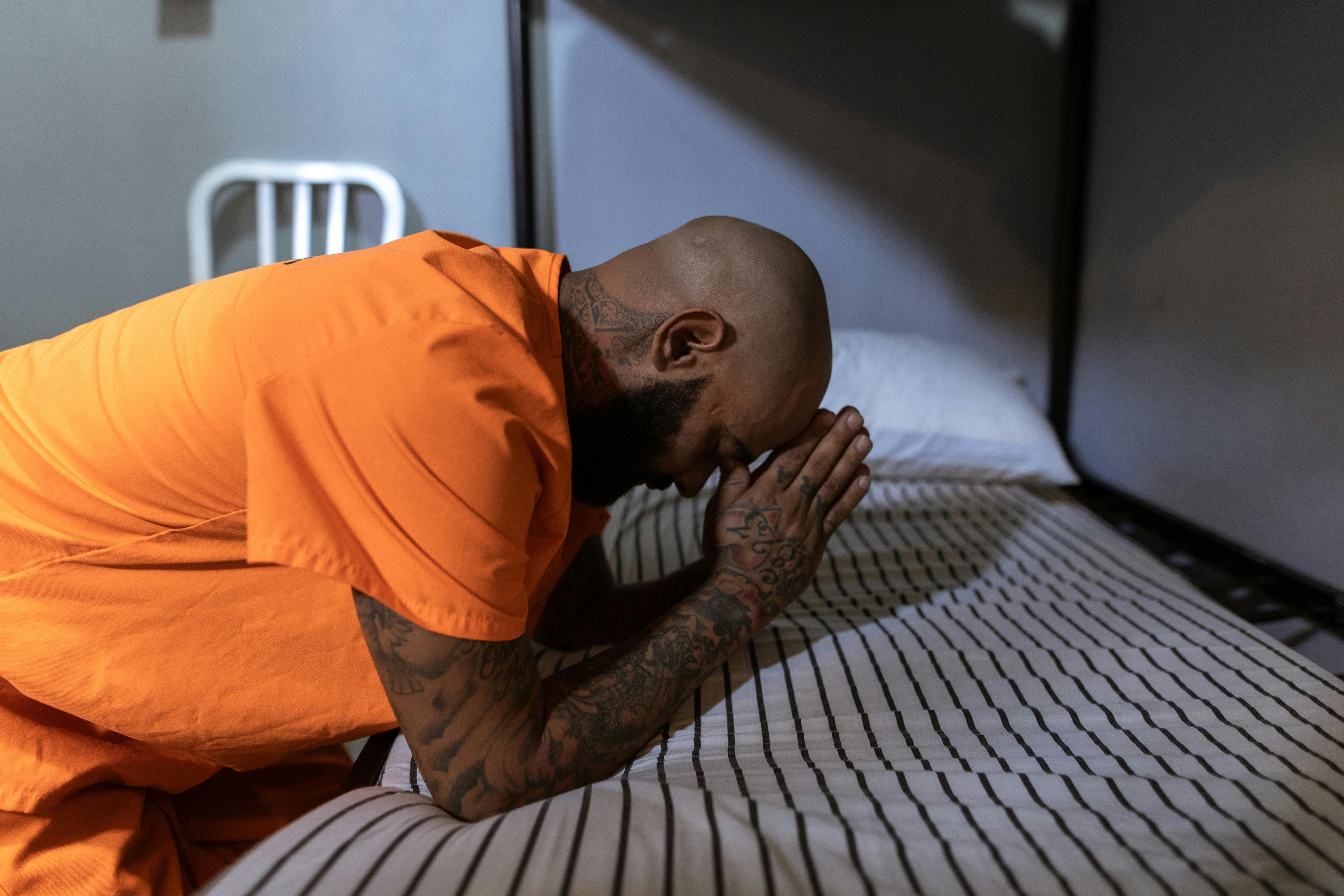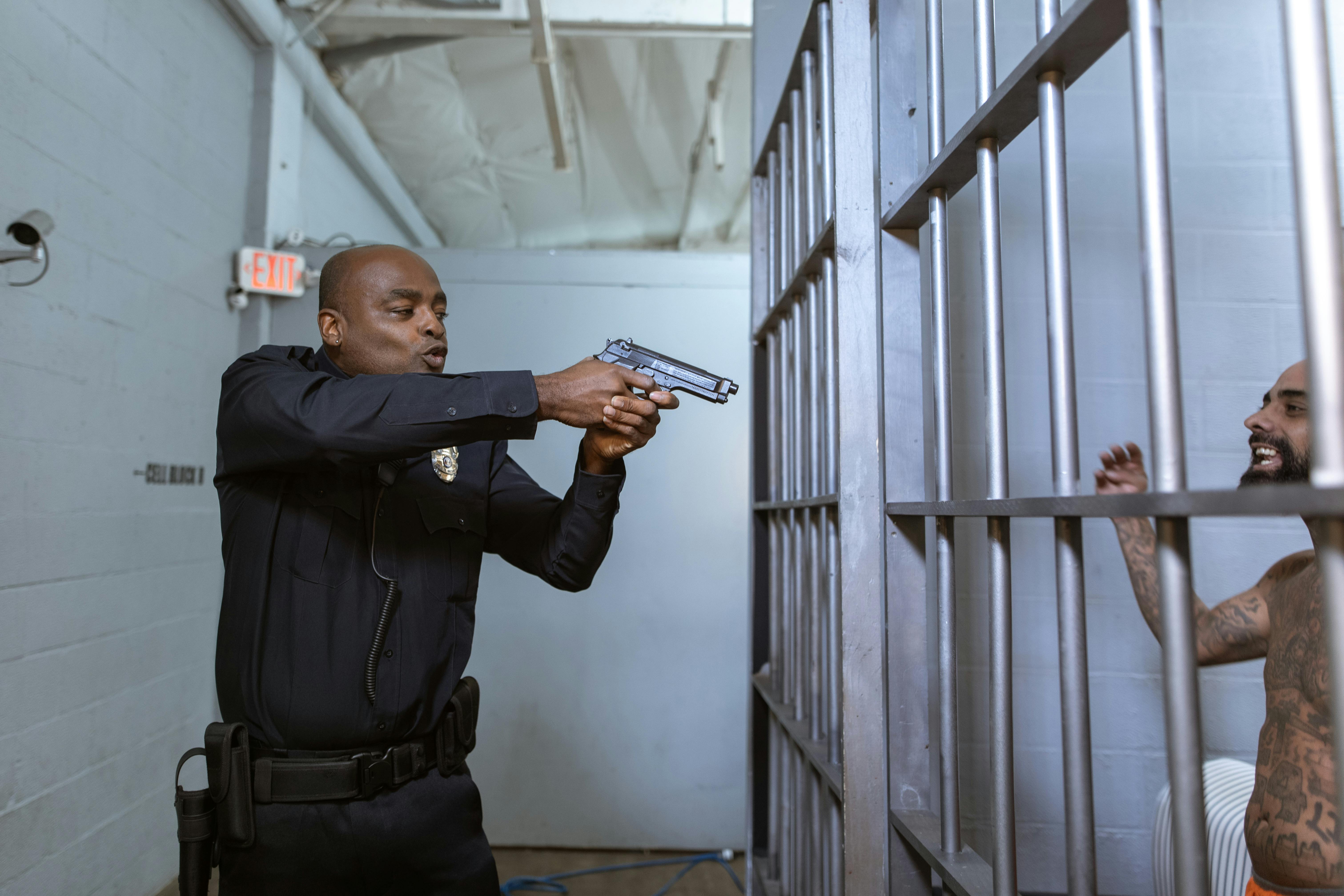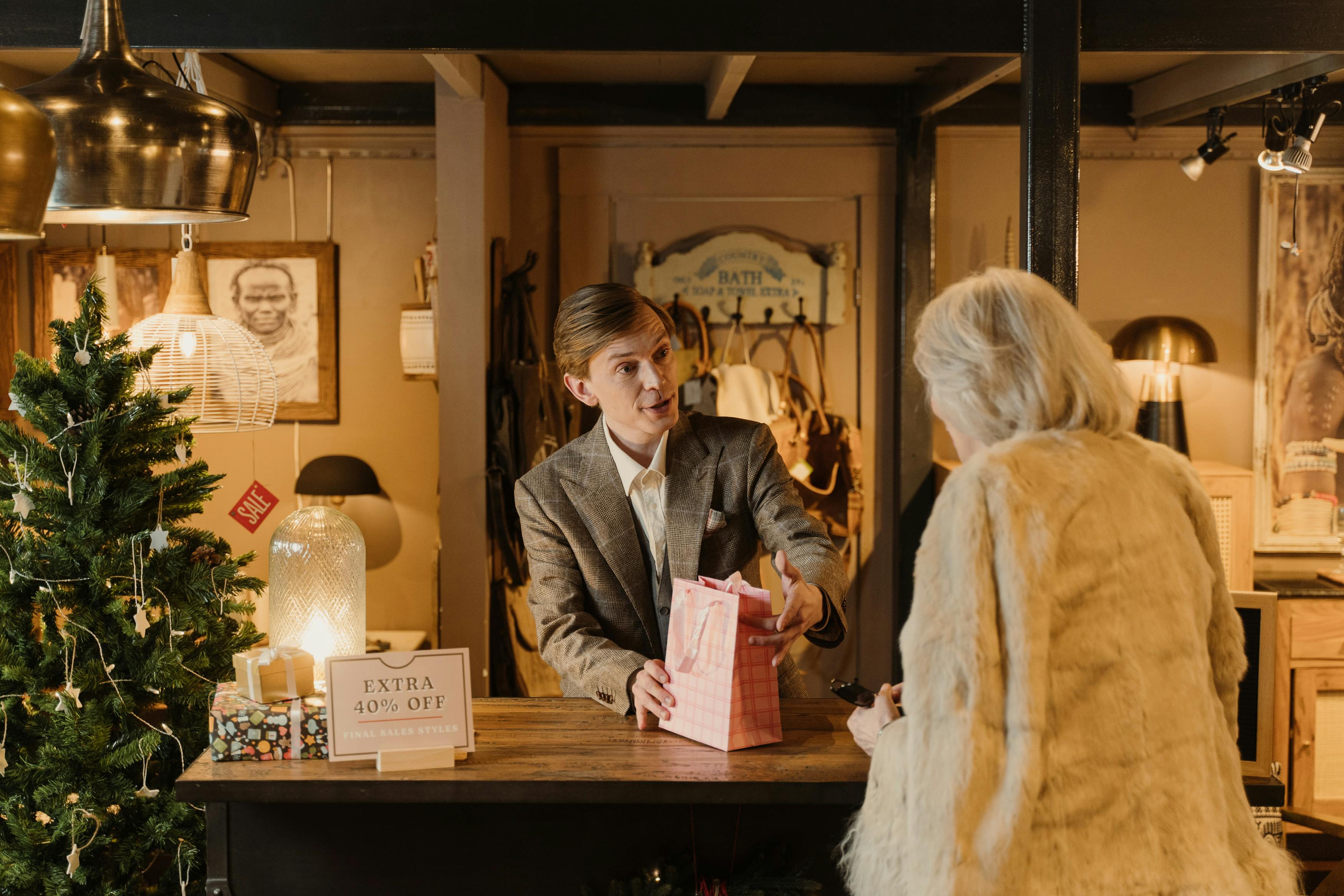People began to sew more than 20,000 years ago. Iron needles were invented in the 14th century. The first needles were made from animal horns or bones. In the early 19th century, clothing was made by hand. Sewing machines, along with clocks and farm equipment, played an important role in the development of 19th-century American industry. The first sewing machine was created in 1790 by Thomas Saint, a British inventor. His machine used a single thread. It was designed for sewing leather and canvas.
In 1804, a French patent for a sewing machine was granted to Jamas Handerson and Thomas Stones. This machine was designed to “copy” the seam by hand. The first sewing machine in the United States was created in 1818 by John Knowles and John Doge. His invention failed. The first working machine was developed by Barthelemy Thimmonier in 1830. This French tailor started his business with a mining engineer who made the drawings for the machine. His factory had 80 machines in operation in 1841. A group of angry workers burned down this facility and nearly killed Thimmonier because they feared unemployment as a result of his invention.
America’s first successful sewing machine was built by Walter Hunt in 1834. This new invention sewed only a straight seam. Walter Hunt never patented the machine. The first US patent was issued to Elias Howe. The biggest improvement he made was for the needle to come from the eye and away from the point. This was the first machine that did not try to emulate manual sewing. It could only produce straight seams.
The world’s first rigid-arm sewing machine was created by Isaac M. Singer in 1851. This machine was designed for home use. Howe sued his inventor for infringement of Howe’s patent. This entitled Howe to royalties on all sewing machines built in the United States. Meanwhile, Isaac Singer added other innovative features to his machines. One notable improvement was the up and down movement of the needle.
Howe and Singer have become millionaires. Elias Howe earned more than two million dollars from his invention between 1854 and 1867. The first electrical machines were developed by Singer in 1889. Singer has initiated a number of major marketing strategies, such as providing services along with sales and payment in installments. to buy. Without the work of these two great inventors, mechanized sewing would never have happened.




